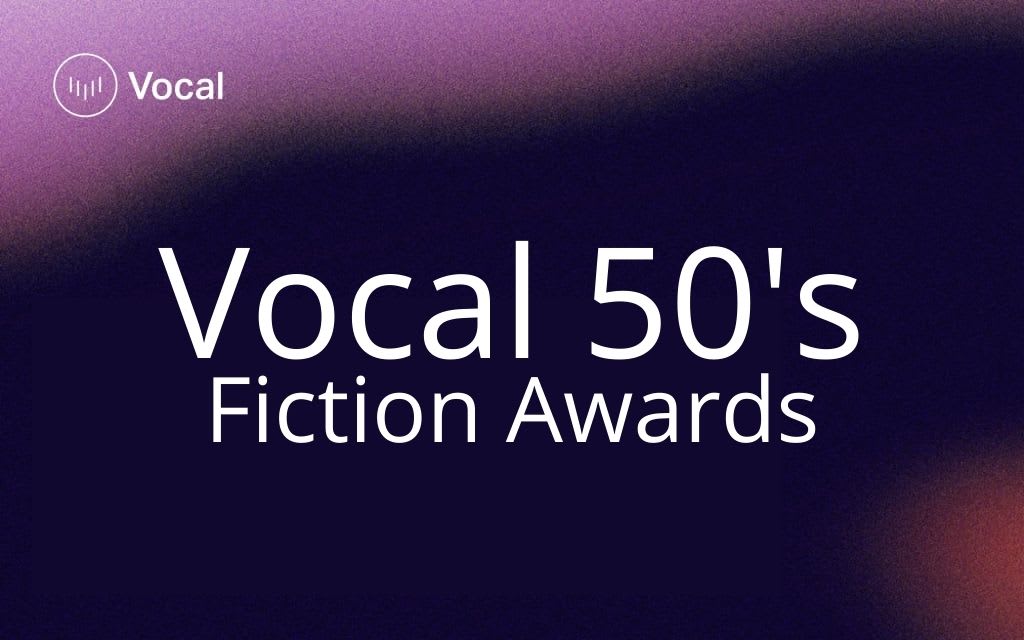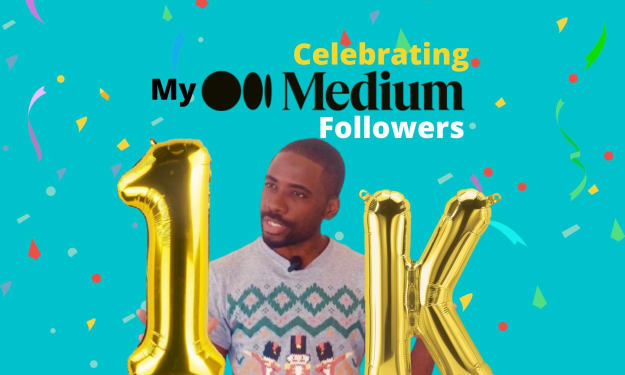Vocal Media 70 Years Ago
Content Creation Through Time

"I first want to apologize to the Vocal team for using the challenge image to apply for the challenge. This is where my boldness begins. "
Sit down, have a drink of water, get your excitement ready because I believe you didn't know that Vocal comes from back in the 1950s.
The year is 1952, the first of November, as the world turns to the latest events where the first hydrogen bomb, the Ivy Mike is detonated, and four days later Republican candidate Dwight Eisenhower was elected President of the United States with 55% of the vote. And on December 5 - The Great Fog, which was also known as the Big Smoke, begins in the city of London, and lasted for 4 days. The U.S. government begins a process to commission research into building a robust and seamless form of communication through computer networks.
The Great Discovery, (the Internet).
The research was initiated and put into action, a large amount of funding was triggered coming from countries such as the United Kingdom and France. They were striving not only to build a modern, innovative communication system that would allow one to communicate, work and earn a living through the computer network years later, but they were also creating a unique model that would revolutionize the digital system. In the midst of all this, while this was happening, a group called Jerrick Media Holdings - which later changes its name to Creatd, was presenting a solution for what would be the interactive world for creators, where creators could tell their stories, share those stories, and have the chance to get support from the written content.
But how would they do this in the 1950s?
That's How It All Began
Jerrick Media Holdings led by Schwartz and Justin Maury then decided to call the project Vocal creators. Vocal would be a project wherein the midst of a shall we say remote time to maintain this working mechanism, those who decide to tell their stories could then finally tell the stories to the whole world.
"They wanted to build a sustainable ecosystem for creators."
But without the internet, how did this work in the 1950s?
The idea was very simple. As the population needed quality content interaction that anyone could create using their ideas freely, so Schwartz and Justin Maury brought old media titles like Omni to the general public, which would provide a more democratic way of looking at publishing, where any member of the community could potentially contribute their opinions and expertise without having to go through a complicated pitching and editorial process.
So they decided to start as follows
A curating group was created, this group had the goal of registering the creators on an ancient papyrus sheet, giving guidelines on how the creators could use even a piece of charcoal to write their wills on pieces of paper, papyrus, or any material that would enable the creators to express themselves by telling their stories, in a way that would interact with the public.
And how could they interact with the public?
The responsibility of the public was with the curatorial team. Once the curators received several stories from registered creators, the curators would review the stories one by one to see which story could be selected and distributed. From there they would take the selected stories and organize open events so that anyone who wanted to read exciting and engaging stories could read them, and if they liked the stories, the public could choose to buy the creators' stories; where a portion of the proceeds would go to the creator to support their work in acquiring material, as writing material at the time was difficult to acquire. And a portion of the revenue was collected by the Jerrick Media team for the expansion of the company's products.

Before long the public began to love the creators' content, the creators were forced to create more content to be distributed daily at the readers' doorsteps, contributions grew, the creators began to be more effective, and everyone wanted to know who Vocal was. In this period, Schwartz in agreement with Maury then decided to launch the Vocal challenges, where any creator could share a series of stories related to a specific theme. This all revolutionized the early 1950s. Soon afterward another subscription product was launched. So that the company and the creators could be supported, then creators could contribute an amount of money used at the time, to help creators who receive readings of their copies of stories but no one buys their stories. In a short time everything worked, the content distribution system through Vocal became popular and was such a success that finally in celebration of the success the platform and the company has had since its founding in the 1950s, the company launched its biggest challenge. $125,000, that's right that you just read, that's $125,000, something never done before on any media creation platform.
In this challenge, each writer can write their stories at their discretion, with no set themes as long as they obey the rules of the Vocal community. Because the value of the prize is so high, I heard that the newly elected President Dwight Eisenhower is following the example of Barack Obama who writes on Medium and will participate in the challenge.
This challenge is causing a furor among the community, because they say that even with the turmoil of the 50s, Vocal has managed to create an ecosystem that is revolutionizing the way prizes are distributed.
I wish good luck to all the creators that will be able to participate.
Story adapted by the author without scientific inspiration.
About the Creator
Casimiro Filipe
Startup Entrepreneur, Investor, Content Writer, YouTube Business Influencer and Podcaster.






Comments
There are no comments for this story
Be the first to respond and start the conversation.